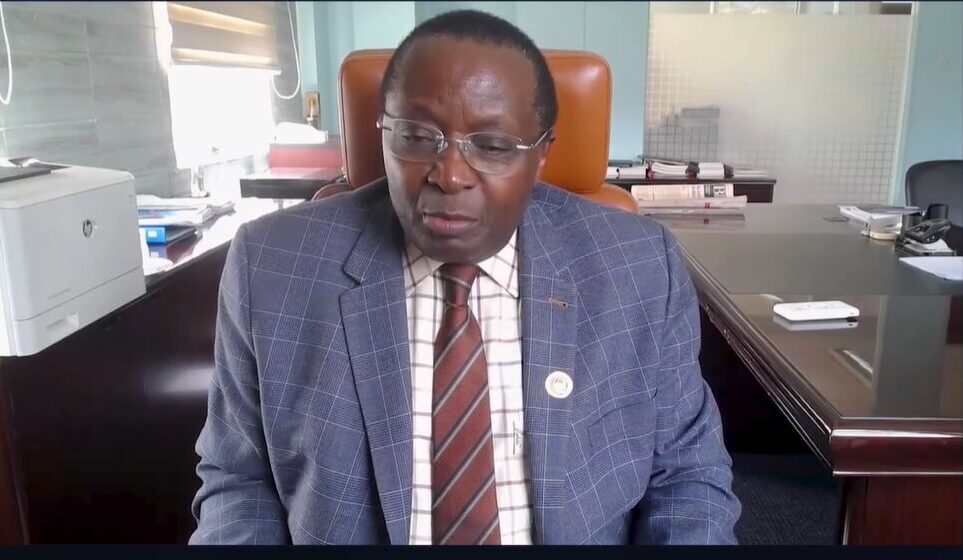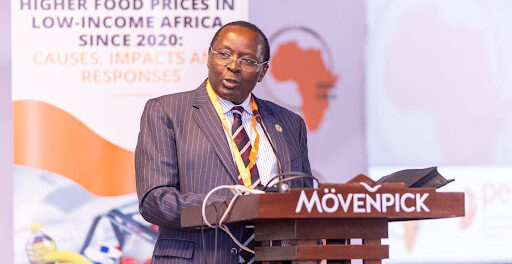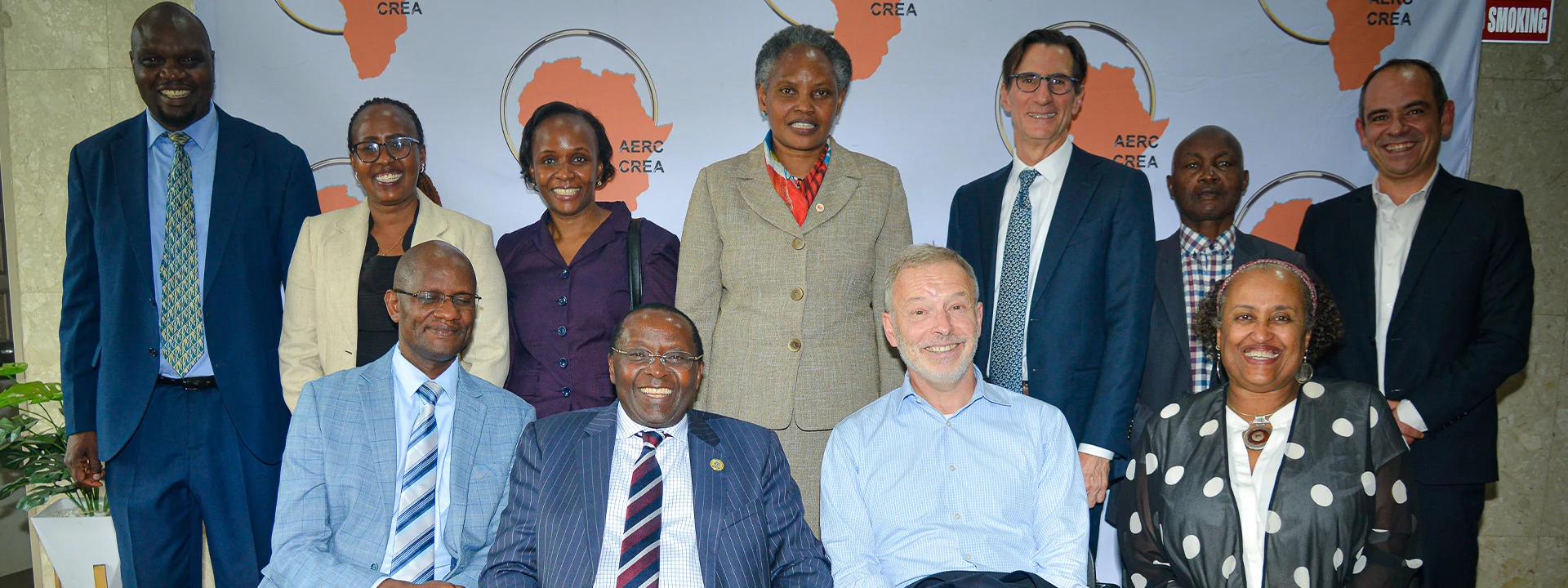

Africa’s Role in the Green Transition Amidst Global Uncertainty
April 5, 2022By Njuguna Ndung’u and Abebe Shimeles.
Introduction
There is evidence and perhaps no denying that we are at the cusp of experiencing climate change-induced catastrophe that could be irreversible. The time is ticking for any meaningful action to make a difference. The transition to green energy sources is needed with urgency and scale to stem the risk of climate change related shocks. The main challenge is the enormous cost to the world economy which for centuries has relied on energy sources derived from fossil fuel, such as oil and gas, coal and others that polluted the environment through the CO2 emissions. A recent publication of the International Energy Agency estimated in its World Energy Outlook 2021, that over 30 trillion USD is needed up to 2030 for a green transition to take place effectively across the globe. Certainly, affordable technology in renewable energy sources is progressing rapidly, making the outlook to green transition hopeful. On the other hand, energy prices are rising despite diversified energy sources, partly due to ever rising energy demand, and at the same time regulated energy markets largely driven by geo-political considerations, obviously including Russia’s invasion of Ukraine. This brief examines the role Africa can play in the global effort to transit towards green and renewable sources of energy. It explores the challenges posed by climate change shocks in Africa and their impact on long-term growth and household welfare. Another developing policy area is that of central banking and supply shocks induced by climate change, yet central banks do not have supply side instruments to mitigate the effects on food and energy prices and monetary policy effectiveness. The brief thus provides a discussion of the current sources of energy consumption, potentials for green and renewable energy as well as fiscal affordability and sustainability to ensure the green transition.
Africa’s challenges and opportunities for a green transition
Evidence suggests that Africa contributes less than 3% of the global green gas emissions yet suffers the most from climate change shocks. The main factors that exposed African countries to climatic shocks include the source of livelihood, which is predominantly originates from agriculture that on the average employs over 55% of the work force and contributes close to 20% of GDP. This suggests the low productivity pervading the sector where over 95% of farming relies on rain-fed agriculture and is prone to extreme weather variability. As a result, seven of the ten most vulnerable countries to climate shock in the world are in Africa.
The AERC’s research[i] in this area show that higher temperatures, coupled with reduced and/or variable rainfall, could lead to reduced agricultural output which will be transmitted to domestic prices and inflation. This can happen in several ways. First, the negative impact on agricultural productivity will contribute to food shortages, causing food prices to rise when there is an excess of demand over supply. This is more likely in countries where the foreign exchange reserve and fiscal space is very weak to establish buffer against severe drought, flood, or other sources of crop failures including locust attacks such as experienced recently in the horn of Africa. Second, climate shocks could translate into higher prices through trade as most African countries depend on primary commodities for their exports. Export contractions and likely import expansion could lead to weakening of exchange rate, hence drive domestic prices upwards, especially in situations of fixed exchange rates regimes. Finally, droughts in the horn of Africa will affect food prices and energy prices due to dependence on hydroelectricity generation. A combination of food and energy prices is a major supply shock on inflation. Monetary policy instruments in these countries do not have supply side instruments to mitigate these effects. Without any buffers on food or energy, these countries end up using the demand sides instruments to dislodge the effects of a plateau of high prices and thus plunge the economy into a short-term recession.
As Africa envisages to build climate shock resilient economy through industrial policies and other strategies of automation, the energy demand is likely to accelerate which requires a careful approach to mitigation and adaptation methods. Currently over 80% of Africa’s energy consumption is generated from natural gas, coal, and oil, which are fossil-fuel based and contribute to greenhouse effects. The rest is accounted for by hydro, solar power, geothermal, solar thermal and biofuel that are green and renewable sources of energy. In addition, close to 20% of African countries are exporters of oil on which their economy depends for foreign exchange earnings, government revenue and employment. Hence, transitioning to green and renewable energy sources will come at a heavy cost. It is also important to note that Africa’s consumption of energy is the lowest in the world. The percentage of households that have access to electricity is less than 40% at the continental level, with the situation even worse in rural areas. It is difficult to imagine rural transformation without access to reliable and adequate energy. Studies have shown that rural electrification in Africa is not an easy fit even when there is strong government commitment. Most households do not afford to be connected to the grid and even if they do through some government subsidizes, they sparingly consume electricity because they cannot afford the bills, their income flows are low and erratic. The median price of electricity in 2021 in Africa is over 30% higher than the world average. In some African countries, the difference is over 200%. This simply suggests the need for a relatively cheaper and abundant source of energy to realize Africa’s economic transformation. Certainly, many African countries have potential for hydro, wind, and solar energy because of the geography.
Policy implications
There is no dispute today that a transition to green and renewable energy source is necessary to save the planet. The question will remain about sequencing of the transition and cost of adjustment both in the short, medium, and long-term on countries and continents. When it comes to Africa, it is important to clearly understand which type of economic activity (and hence carbon emission) is causing serious havoc on livelihoods. Is it local greenhouse gas generated by deforestation? Poor land management? Rapid urbanization and congestions? Or the global emissions that tend to cause the maximum impact? Assessing the production and consumption side of carbon emissions and potential incentive alignments will offer African governments a better chance to negotiate globally and join alliances to manage climate change. Uninformed and sudden shift in production or consumption behaviour could prove to be very costly. It is however very important that African countries continue to support and actively implement policies that could reduce the pace of carbon emissions as it aspires to accelerate towards the Sustainable Development Goals. Nearly 49 out of 54 African countries ratified the Paris Agreement and to build climate resilient and low-carbon economies in their Nationally Determined Contributions (NDCs) which is estimated to cost 3 trillion USD by 2030. Given the considerations in the preceding paragraphs, it is possible to suggest the direction of Africa’s future engagement in transitioning to green and renewable energy sources:
- Building climate resilient economy based on green and renewable energy sources is paramount for Africa. This can only be achieved through concerted global cooperation and partnership where African countries are supported through capacity building, access to affordable financial resources, technology, and market to undertake the transition.
- The distribution of natural endowments that facilitate the production of green and renewable energy sources, such as hydropower, solar, wind and others are not even across the continent. Intra-Africa collaboration, and trade in energy could accelerate the transition to green economy.
- Macroeconomic policies, including valuation of assets, monetary policy, debt, and public finance need to account for climate-related shocks and risks.
- Agricultural practices and policies that will support and create a sustainable green revolution given that smallholder agriculture dominates the region and livelihoods of majority households.
REFERENCES:
[i] Asafu-Adjaye (2022) “Macroeconomic consequences of climate change in Africa and policy implications” AERC Working Paper






